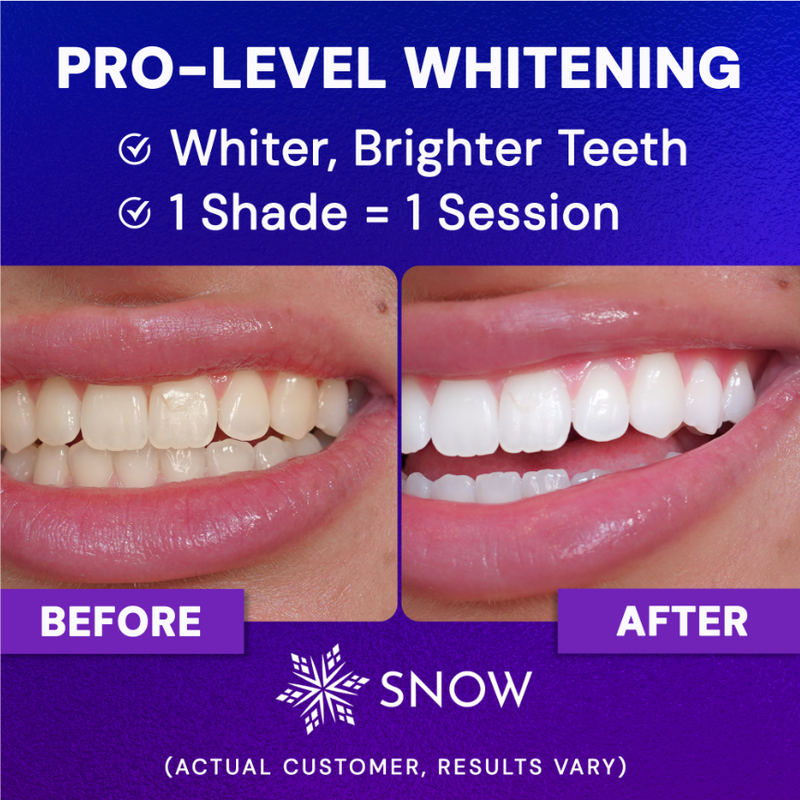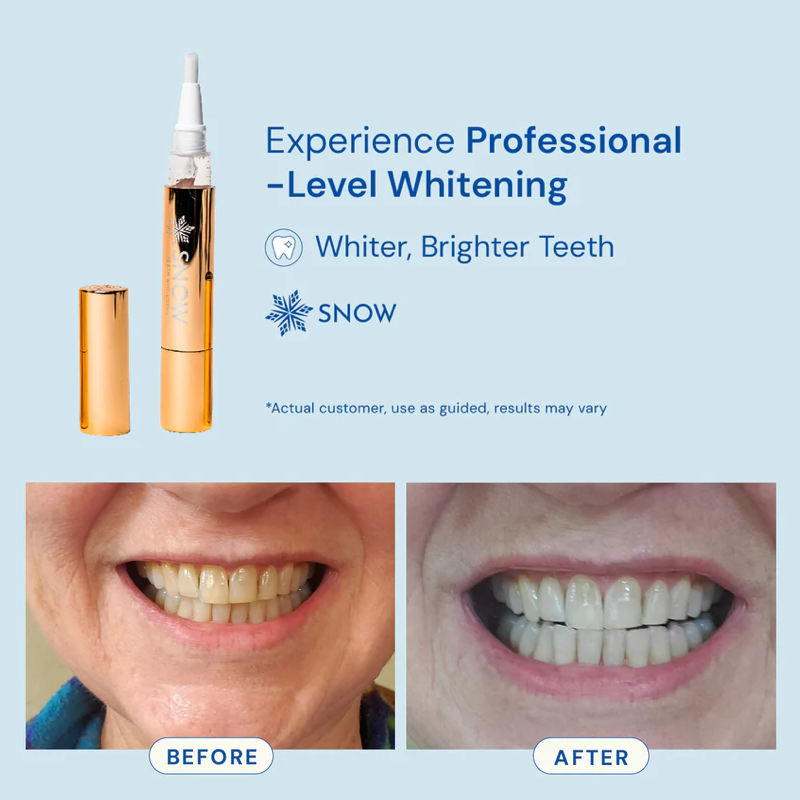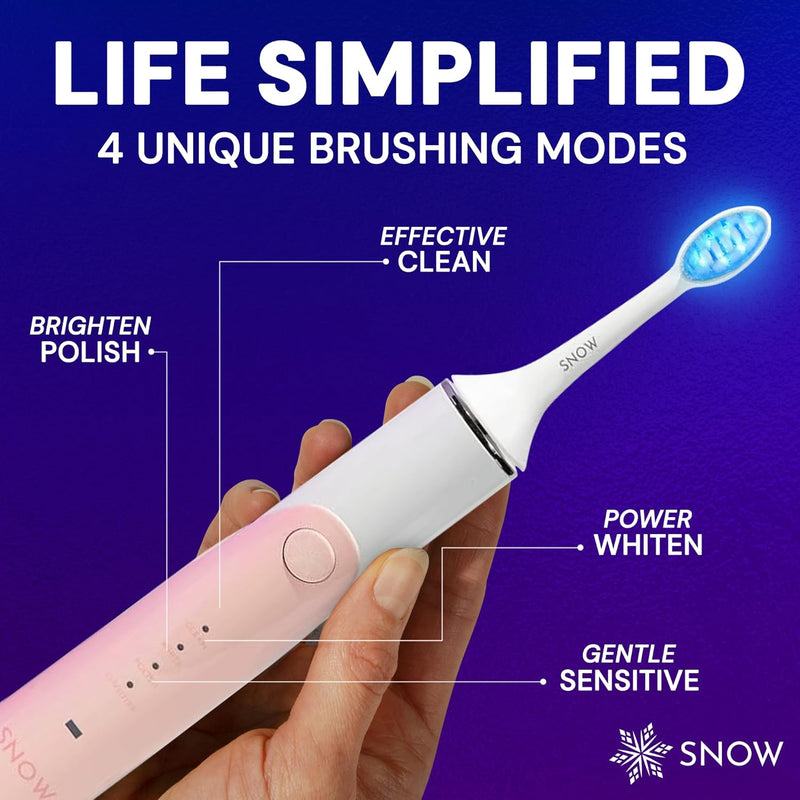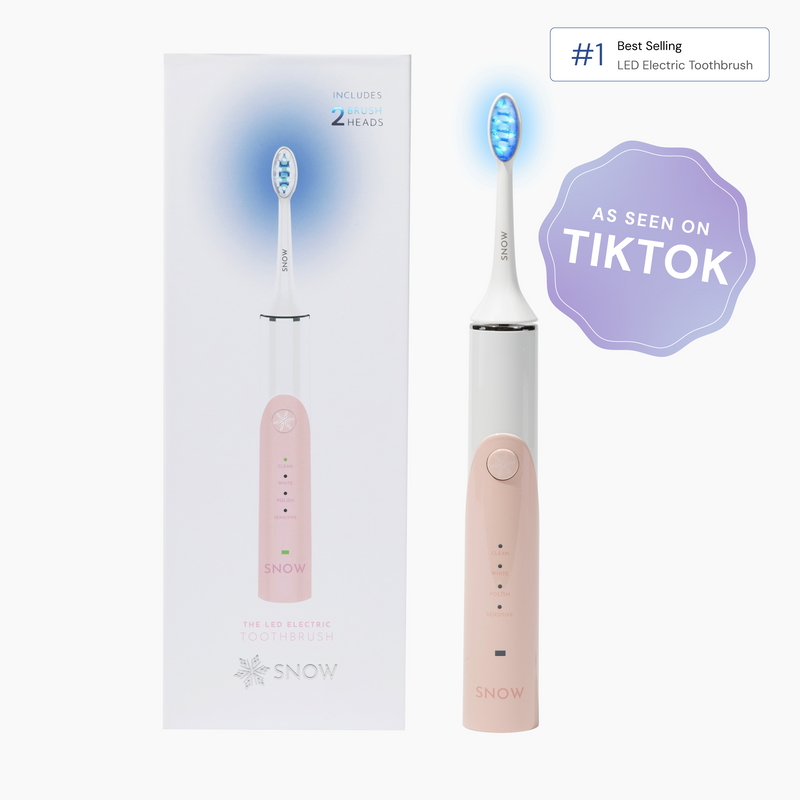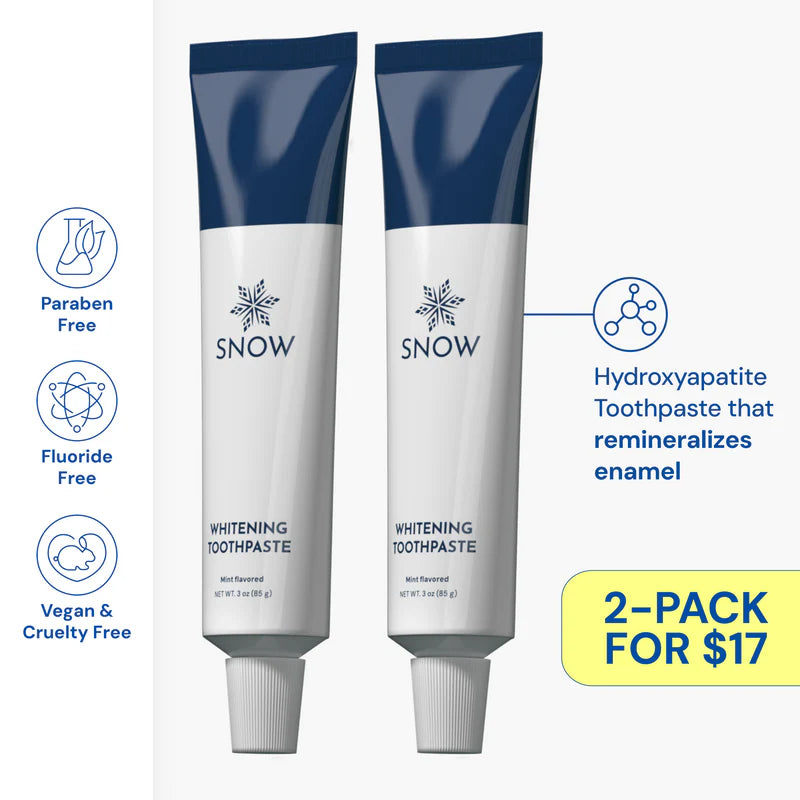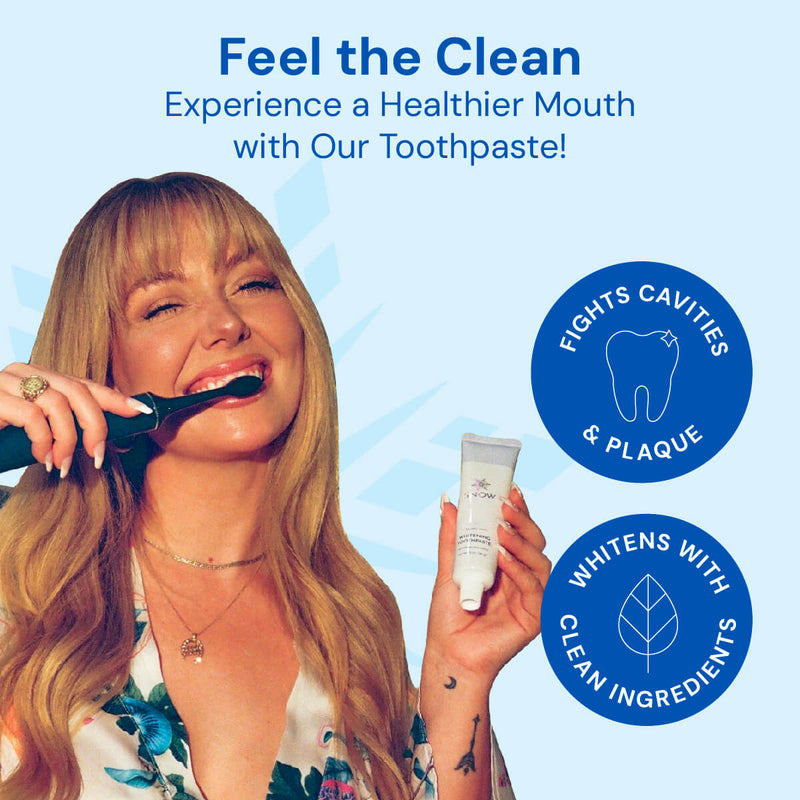Feeling confident in yourself can be difficult when you have misaligned teeth. Not only can your asymmetrical smile make you feel self-conscious whenever you're in the presence of others, but it can also make you more susceptible to oral health issues such as gum disease and tooth decay, according to the American Dental Association.
Fortunately, there are some incredibly effective ways to straighten teeth available to you. Both traditional braces and Invisalign can potentially give you the smile you've always wanted within about a year or two of treatment, on average.
But which orthodontic treatment should you choose? Each treatment option has its list of advantages and disadvantages to consider. The option that's best for you will depend not only on which list appeals to you most but on the circumstances of your orthodontic issues and your budget.
The Different Types of Orthodontic Treatment Options
There are a few different conditions that call for orthodontic treatment. Some of them are related to the position of the front and back teeth, while others are related to the alignment of the jaw. The following conditions are among the most common:
Overbites, Underbites, and Open Bites
Overbites and underbites are like two different sides of the same orthodontic coin. When the upper jaw hangs over the lower jaw when the mouth is closed, it's considered an overbite. When the lower jaw juts out past the upper jaw, it's considered an underbite.
While there is often a significant cosmetic component to these types of alignment issues, there are also various potential oral health issues and other complications connected to them. Underbites and overbites can lead to gum disease, tooth decay, TMJ, speaking and chewing problems, and more.
Another alignment issue that's similar to underbites and overbites is an open bite. This issue occurs when the upper and lower jaw do not meet when the mouth is closed.
An open bite can be genetic, but it can also be caused by bad habits during development, such as thumb-sucking and tongue thrusting.
Crowded or Crooked Teeth
Tooth crowding is an issue that can occur when there's not enough room in the mouth for all permanent teeth to fit comfortably. This can cause unnatural tooth movement, which can look unsightly and open the door to various oral health issues.
It can be difficult to access crowded teeth during your oral hygiene routine, resulting in gum disease, tooth decay, bad breath, and more.
All of the orthodontic conditions listed can cause teeth to become crooked, but there are other reasons for this issue as well. Sometimes, it's a simple matter of genetics, and other times, it's because of hyperdontia, or the development of too many teeth.
The Traditional Braces Procedure: Metal Braces
Traditional braces are a common dental treatment that can benefit pretty much anyone experiencing alignment issues with their permanent teeth. They consist of a system of metal brackets and wires that work to slowly move the teeth into the desired position.
Because metal braces are often used to treat younger people, there's somewhat of a stigma around adults opting for the braces treatment. However, some options can reduce the visibility of your braces while still providing you with effective treatment.
Those options include ceramic braces, which offer more natural colored brackets and clear wires, or lingual braces, which are fixed behind the teeth rather than in front of them.
If you plan on beginning treatment with metal braces for your misalignment issues, you'll first need to see your orthodontist for a consultation.
At your consultation, your orthodontist will assess your alignment issues to determine whether getting braces would be a good option for you or not. You'll be asked some questions about your oral health, receive an oral exam and x-rays, and have an impression of your mouth made.
The traditional braces procedure will vary depending on your alignment issues, but typically, you can anticipate a one- or two-hour procedure in which your teeth are cleaned and dried and then covered in an adhesive. This is followed by the attachment of the metal wire and brackets.
Advantages of Wearing Braces vs. Invisalign Aligners
When comparing braces vs. Invisalign, you'll find that neither is "better" than the other but that they simply offer different advantages along with differing drawbacks. Below are some of the biggest advantages of opting for braces treatment.
They Can Address More Complex Issues
Choosing between braces or Invisalign can be fairly simple, depending on the nature of your misalignment. Traditional braces can address more serious misalignment issues than Invisalign, so there are times when they'll be your only option.
Metal braces can treat everything from crooked teeth and unevenly spaced teeth to underbites and overbites to overcrowding and more. If the issue is severe enough, your orthodontist will tell you that Invisalign isn't even a possibility.
They're More Affordable
It's unfortunate that money can stand in the way of someone being able to get the treatment they need to protect their oral health and beautify their smile, but it's too often the case. When it comes to Invisalign vs. braces, braces are often the more affordable option.
However, this may not be the case with both ceramic braces and lingual braces, as the two are more expensive than the traditional option.
They Can Be Easier to Maintain
While there is certainly an advantage to being able to remove your clear aligners, there are also some drawbacks. Misplacing your Invisalign or forgetting to put them back in can be easy, and losing track of when you're supposed to swap them out isn't uncommon.
Wearing metal braces means you can't misplace or forget them, and you don't need to worry about swapping them out at any point.
The Invisalign Clear Aligners Procedure
Invisalign and other clear aligners are popular treatment options for tooth misalignment issues. They can address many of the same issues that traditional braces can while being removable, more comfortable, and virtually invisible.
Invisalign aligners are simple orthodontic devices (also called Invisalign trays) made of clear plastic that are designed to slowly induce tooth movement over the course of about a year to 18 months on average. People often opt to wear Invisalign when they want to avoid the unwanted attention that braces can draw.
There isn't much in-office treatment when you opt for Invisalign clear aligners. However, you do need to see your orthodontist so that you can have your clear aligners created and the treatment plan provided. You’ll also need to have composite buttons placed on the teeth to help the aligners move the teeth.
You'll visit your orthodontist, where they'll take a mold of your teeth that will be used to create your Invisalign aligners. When they're complete, you'll return to receive your aligner trays and make sure they fit.
After that, it's mostly on you to follow through with the treatment plan, wearing your Invisalign aligners for the prescribed period of time and swapping them out when that time is up. For this reason, Invisalign's success depends quite a bit on you.
The Advantages of Invisalign Clear Aligners
Provided they're capable of addressing the alignment issues you're looking to fix, Invisalign aligners have some fairly obvious advantages over braces, including the following:
They're Removable
Getting the straight teeth you've always wanted is not going to be totally comfortable the whole way through, no matter what orthodontic treatment you choose, but Invisalign is considerably better in this department due to the fact that they can be removed.
You should be wearing Invisalign clear aligners between 20 and 22 hours each day, but if, for any reason, you're feeling uncomfortable with them, they are not fixed to your mouth, which can be a big advantage for some.
They're Discreet
A big sticking point for many when choosing between braces or Invisalign treatment is how much unwanted attention braces can draw. Not everyone wants the world to know about their treatment, which is exactly why the invisible aligner was invented in the first place.
While there are clear braces that are fairly discreet, Invisalign or any other clear aligner will be far less noticeable than even the most discreet braces. Unless you choose to let others know, pretty much only your orthodontist and you will be aware of your treatment.
They Don't Limit What You Can Eat
When you receive braces, your orthodontist will give you a list of things you won't be able to eat until your treatment is complete. This may not be a big deal for some, but it can be pretty unpleasant for others.
Unlike braces, Invisalign treatment doesn't require you to forgo certain foods at all due to the fact that your clear aligners can be removed while you eat.
Treatment Time
The length of your treatment will vary depending on your circumstances, but on average, you're more likely to be done with traditional braces sooner as long as you’re diligent with making it to your appointments. Braces typically take somewhere from 18 months to two years to complete.

Invisalign vs. Braces Cost
If your orthodontist tells you that both braces and Invisalign would prove effective in getting your teeth into the correct position, one of your biggest considerations in determining which treatment would be best for you may be budget.
You likely already know that dental fees are rarely cheap, and neither Invisalign treatment nor braces are an exception. However, there's generally a significant difference in what each treatment costs.
Traditional metal braces cost between $3,000 and $7,000, while ceramic braces run between $4,000 and $8,000. Lingual braces are the most expensive, typically costing between $8,000 and $10,000.
In general, Invisalign costs more than traditional braces, and comparing braces costs with and without insurance helps set a realistic budget.
Factors that Affect Braces and Invisalign Costs
The reason why both braces and Invisalign come in a range of prices is that the cost of treatment is going to depend on various factors, including:
Your Location and Orthodontist
The area where you receive your braces or Invisalign treatment has a significant effect on the cost. An orthodontist in a higher-income area is likely to have higher prices for either treatment.
If you find that your orthodontist has high prices for both Invisalign treatment or braces, you may be better off seeking another orthodontist. Costs can vary significantly from doctor to doctor, but keep in mind that the price often reflects the quality of the work.
The Type and Complexity of Treatment
We detailed the different costs of each type of braces in the section above, but there are also different brands of clear aligners which come at different prices. Invisalign is the most well-known brand, but there are lesser-known options that might be more affordable.
There are instances in which teeth require extraction for the braces to be an effective treatment. When this happens, it's going to cost you more money. And the longer the treatment takes, the more it will run you, as well.
Insurance Coverage
Unfortunately, because they're typically classified as a cosmetic procedure, most dental insurance plans are not likely to cover braces or Invisalign unless you have a medical need for this kind of treatment.
If you do, in fact, have a medical need, then some dental insurance plans will cover at least part of the cost of your Invisalign aligners or braces.
If you're not covered, or you don't have insurance at all, there are still some ways to make your Invisalign or braces more affordable. Look for an orthodontist that offers flexible monthly payment plans or join a dental assistance program that provides aid to families seeking orthodontic treatment.
Frequently Asked Questions
Hopefully, you've got all the answers you were seeking with this comprehensive braces vs. Invisalign guide, but just in case you didn't, here are some of the most commonly asked questions on the topic.
Do Braces Hurt?
One of the most commonly stated advantages of Invisalign over braces is the comfort factor that Invisalign offers. There's certainly some truth to this, as the braces wire can irritate the soft tissue of your mouth, and the braces, in general, are fixed to your teeth until treatment is complete.
Most people will tell you, though, that after a bit of an adjustment period, you won't be as aware that your teeth have braces fastened to them, and the comfort factor will increase.
Which Option Is Most Effective at Straightening Teeth?
Invisalign can straighten your teeth and transform your smile incredibly effectively, provided the issues you're addressing are not too severe. Braces, on the other hand, can straighten teeth that are far more misaligned. For this reason, braces are technically the most effective.
Can Kids Use Invisalign to Straighten Their Teeth?
Although braces have long been associated with young people straightening their teeth, the Invisalign teen, and even kid, are both on the rise. Provided the alignment issues with their teeth are not too severe, Invisalign can be a much more comfortable method of straightening them. You’ll just have to make sure your kids wear them every day.
When Can You Take Your Invisalign Out?
You should be leaving your Invisalign aligners in for about 20 to 22 hours per day, only removing them to eat and drink, for your regular brushing and flossing routine, and to clean your aligners with a special Invisalign cleaning solution.
Remember that maintaining good oral hygiene with Invisalign is crucial if you want the perfect smile after completing your treatment.
Which Option Should I Choose?
When it comes to Invisalign aligners vs. braces for aligning teeth, it's best to consult your dentist to decide which is best for you. Invisalign offers a discreet alternative for those who don't want to wear braces, while braces can tackle more severe alignment issues.
Try SNOW Teeth Whitening
Beautify your smile today by trying out some of SNOW's top-rated whitening products – no metal brackets or rubber bands are necessary.













































